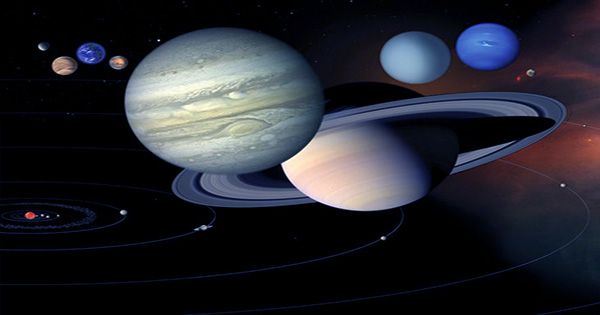Astronaut Alan Shepard famously hit his golf ball on the surface of the moon with lust 36 meters (118 feet) and scientists from the International Space Station also went to play baseball while in orbit, although if you are going to play space you should familiarize yourself with ball behavior across the solar system.
To help us with this, planetary scientist Dr. James O’Donogh has created an animation that shows how long it takes for a ball to drop from a height of one kilometer (0.6 miles). To create the video, O’Donoghue, and co-astronomer Rami Mando cited data released by NASA about the force of gravity on the equatorial region of each planet in the solar system. This allows them to calculate the time it takes to fall on top of each surface of the earth while maintaining the absence of any wind resistance.

For example, a gravitational ball on Earth causes items to fall at a rate of 9.8 meters (0.0061 miles) per second, which means that one kilometer (0.6 miles) drop takes 14.3 seconds. Despite being much larger than our planet, Saturn’s gravitational pull is slightly stronger and produces a reading speed of 10.4 meters (0.0065 miles) per second. Like this, a ball-ringed gas takes 13.8 seconds to land on the surface of the giant. On Twitter, O’Donogh said, “It would be surprising to see a pull comparable to that of the smaller ones on the surface of a larger planet.” Why? The low average density of Uranus keeps the surface far away from the majority.
Ultimately it is the density of an object, not its mass that determines what motion falls on the surface of its ball. This is the result of some surprising observations across the solar system. For example, as O’Donogu explains, “Mars is about twice the size of Mercury, but you can see that the gravity of the surface is the same, indicating that Mercury is much more prosperous than Mars.” The animation suggests that ball games may be particularly challenging toward the sun, as the free-stall travel items at 274 meters (0.17 miles) per second on our star take only 2.7 seconds to travel from one surface to another. (0.6 miles) altitude (assuming they do not evaporate).













